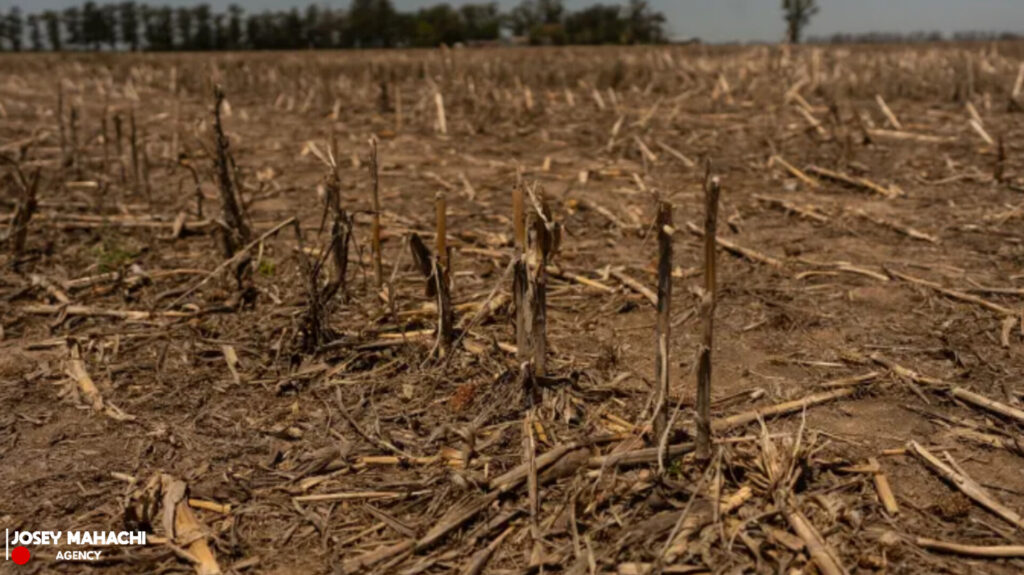By : Lloyd Mahachi
Harsh weather conditions caused by climate change fueled hunger and food shortages across Latin America and the Caribbean, according to a new United Nations report.
Extreme weather driven crop prices in multiple countries within the region, the report which was written by several UN agencies including the World Food Program (WFP), says.
Hot weather conditions and drought, intensified by the El Niño effect, raised the prices of corn in Argentina, Mexico, Nicaragua and the Dominican Republic, while heavy rains in Ecuador caused a 32 to percentage increase in wholesale prices.
Though the report gives credit to social safety nets with a measurable decrease in undernourishment throughout Latin America, it posits that the region’s poorest and most vulnerable populations especially rural people are still more likely to suffer from food insecurity caused by climate change.
“The effects are getting much more extreme,” said Lola Castro, the WFP’s regional director for Latin America and the Caribbean. “This is what is creating larger food insecurity and under-nutrition.”
Quoting a 2020 study, the report states that 36% of 439 small farms surveyed in rural Honduras and Guatemala experienced “sequential food insecurity due to extreme weather conditions.”
“In more rural areas they don’t have a lot of resources to be able to weather a poor harvest,” said Ivy Blackmore, a researcher affiliated with the University of Missouri who studied nutrition and agriculture among Indigenous farming regions in Ecuador.
“You don’t get as much income. There’s not as much nutritious food around, so they sell what they can, and then they purchase the cheapest thing that’ll fill them up,” she added.
In the communities she studied, erosion from prolonged rain led farmers to plant on unused grassland close by.
“They might get a couple of good harvests. Then erosion continues, and they dig up more,” Blackmore said. “There’s extreme erosion going on because they’re just having to sustain themselves in the short term without being able to address these long-term challenges.”
As extreme weather conditions increases food prices, some consumers gravitate towards cheaper, less nutritious and ultra-processed foods. This is a particular dangerous trend in Latin America, the UN report says, where “the cost of healthy diets is the highest in the world” both childhood and adult obesity have risen markedly since the year 2000.
A solution lies in the region’s traditional foods, such as quinoa, and tuberous root vegetables like mashua and melloco, among others. Moreover being healthier, traditional produce may also be able to resist the worst conditions of climate change.
“Many cereals are heavily drought resistant,” Castro sheds a clear picture. “We’re working with smallholder farmers in very different regions with indigenous populations in Latin America and the Caribbean to bring back those foods on the table.”
In some instances, those foods may already be on the table. Traditional terrace farming in the Andes “is amazingly resilient,” said Carlos Andres Gallego-Riofrío, a research assistant professor at the University of Vermont. “It retains the moisture, it retains the fertility of the soil.”
Editor : Josephine Mahachi

